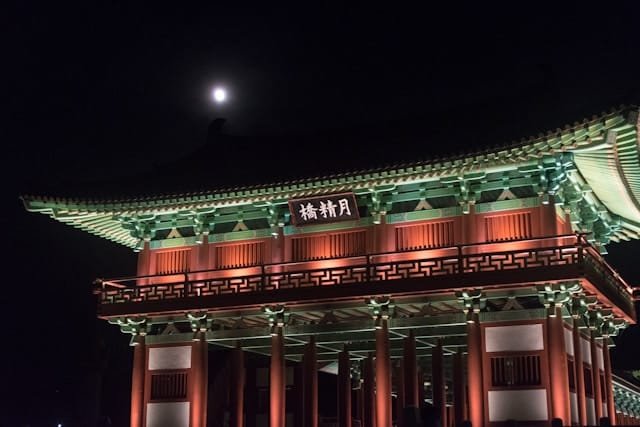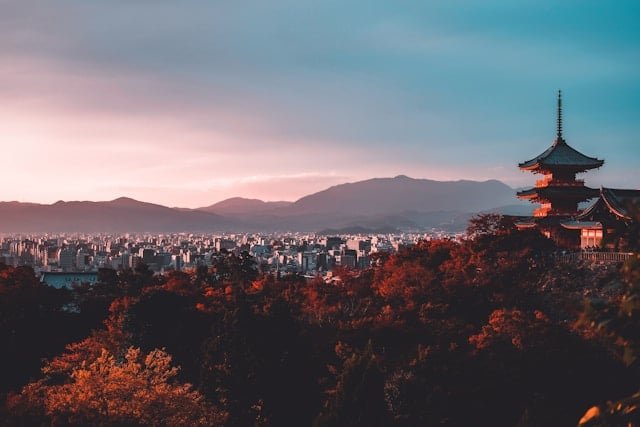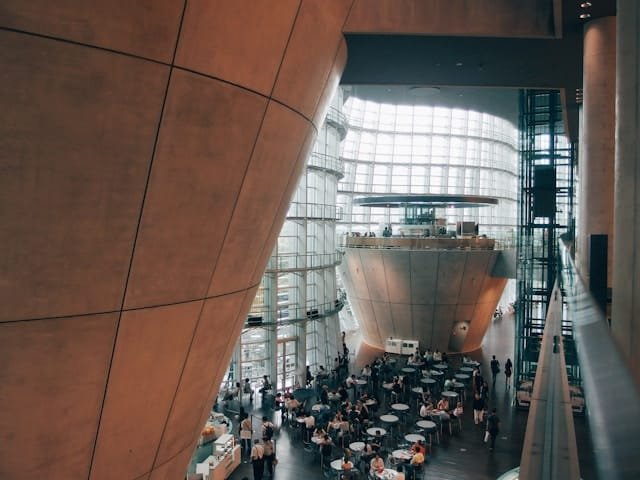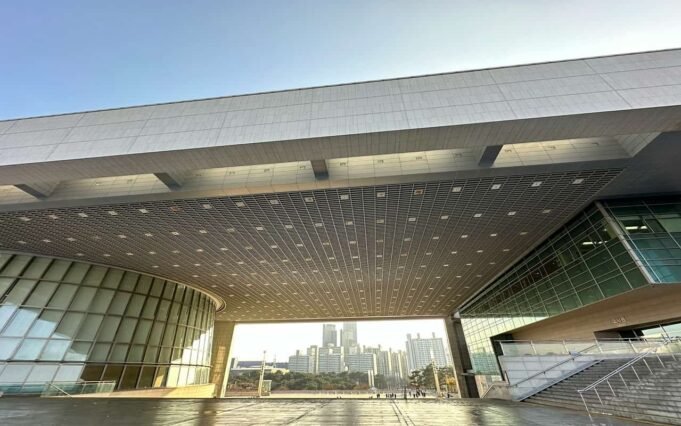Korea and Japan are two countries rich in history, culture, and tradition, each offering an exceptional array of museums that preserve and showcase their unique heritage. From ancient artefacts to more recent historical events, these institutions provide invaluable insights into the cultural tapestry of East Asia. Whether you’re fascinated by the intricate craftsmanship of Korean pottery or the iconic samurai armour of Japan, these museums offer a deep dive into the traditions that have shaped these nations.
Travelling between cities to explore these treasures is easy thanks to efficient train networks in both Korea and Japan, making cultural exploration accessible for visitors.
Korea: A Journey Through Time and Tradition
South Korea is home to many museums that celebrate its ancient past, while also reflecting the nation’s transformation into a modern, dynamic society. From Seoul to Busan, there are countless opportunities to experience Korea’s fascinating history.
Exploring Museums on the Seoul to Busan Route
A popular way to travel between Korea’s vibrant capital and the southern port city of Busan is by taking the Seoul to Busan train. This high-speed rail journey offers more than just convenience; it’s a comfortable and efficient way to explore the cultural and historical wonders in both cities. Starting in Seoul, visitors can immerse themselves in the vast collections of the National Museum of Korea, a must-visit destination for anyone interested in Korean history. The museum showcases artefacts from the prehistoric era through the Joseon Dynasty, including ancient Buddhist sculptures, ceramics, and traditional paintings.
For those with a passion for traditional Korean crafts, the Seoul Museum of Craft Art is another essential stop. Here, visitors can admire exhibitions dedicated to Korea’s historic craftsmanship, from hanbok (traditional Korean clothing) to lacquerware and furniture. The museum also offers interactive experiences where visitors can try their hand at crafting traditional items themselves.
Once in Busan, history enthusiasts should visit the Bokcheon Museum, which focuses on the history of the Gaya Confederacy, a group of ancient kingdoms that played a key role in Korea’s early development. The museum’s archaeological findings, including relics from burial mounds, provide a glimpse into the lives of Korea’s early inhabitants.
Gyeongju: Korea’s Cultural Heartland
If you have extra time, a stop in Gyeongju, located between Seoul and Busan, is well worth it. Known as the “museum without walls,” Gyeongju was the capital of the Silla Dynasty and is home to numerous historical sites and museums. The Gyeongju National Museum is a highlight, offering a fascinating collection of Silla artefacts, including the iconic gold crowns worn by the ancient rulers.

Japan: Unveiling Ancient Treasures
Like Korea, Japan is steeped in history, with its traditional museums offering an intriguing look into the nation’s rich cultural heritage. Whether in the bustling metropolis of Tokyo or the historical city of Kyoto, these museums provide an immersive experience into Japan’s past.

The Scenic Journey from Kyoto to Tokyo
Travelling through Japan is a pleasure thanks to its extensive rail network. One of the most scenic and popular routes for tourists is the train from Kyoto to Tokyo. This journey not only connects two of Japan’s most culturally significant cities, but also offers a chance to reflect on the historical continuity that links these ancient capitals.
Kyoto, often referred to as Japan’s cultural capital, is home to many traditional museums. The Kyoto National Museum is one of the city’s most prestigious institutions, housing an extensive collection of pre-modern Japanese art. Here, visitors can view exquisite examples of ceramics, textiles, and paintings, as well as samurai armour and weaponry. The museum’s beautifully curated exhibitions transport visitors back to Japan’s feudal era, offering a window into the lives of the aristocracy and warriors who shaped the nation.
Not far from the Kyoto National Museum is the Raku Museum, dedicated to the traditional art of Raku pottery. This museum offers a more intimate look at Japanese craftsmanship, showcasing centuries-old techniques used to create the unique, hand-moulded tea bowls that are central to Japan’s tea ceremony culture.
Arriving in Tokyo, visitors are greeted by the grandeur of the Tokyo National Museum, Japan’s oldest and largest museum. This institution boasts an impressive array of historical treasures, including Buddhist statues, calligraphy, and samurai swords. The museum’s focus on ancient Japan offers a fascinating juxtaposition to the modernity of Tokyo itself, making it an essential stop for anyone interested in understanding the country’s cultural evolution.

Edo-Tokyo Museum: A Glimpse into Urban History
In addition to traditional art and artefacts, the Edo-Tokyo Museum provides an in-depth look at the history of Tokyo (formerly Edo) from the early modern period to the present day. The museum features life-sized replicas of historical structures, including a bridge and a theatre, offering an engaging and interactive experience. Visitors can learn about the rise of Tokyo as a global metropolis while also gaining insights into the everyday lives of its citizens during the Edo period.
Embracing Traditional Arts
For travellers with a deep interest in traditional arts and crafts, both Korea and Japan offer specialised museums that delve into these aspects of their respective cultures. The Seoul Museum of Korean Embroidery, for instance, celebrates the intricate and colourful designs that have long been a symbol of Korean cultural expression. The museum’s collection includes rare pieces from the Joseon Dynasty, allowing visitors to appreciate the evolution of embroidery techniques over the centuries.
In Japan, the Kyoto Museum of Traditional Crafts is a hidden gem that showcases the city’s long-standing heritage in various crafts, including weaving, ceramics, and lacquerware. Visitors can observe artisans at work, gaining a deeper appreciation of the skill and dedication required to preserve these ancient traditions.
Why Visit These Museums?
Korea and Japan’s museums offer more than just historical artefacts—they provide a deeper understanding of how these nations have maintained their cultural identities in an ever-changing world. For travellers, these museums are gateways to the past, allowing a rare glimpse into the traditions that continue to shape both countries today.
Whether you’re visiting the bustling cities or taking a detour to smaller towns rich in history, the museums in Korea and Japan offer something for every kind of cultural enthusiast. These institutions not only preserve the past but also connect it with the present, ensuring that the heritage of Korea and Japan continues to be celebrated for generations to come.















